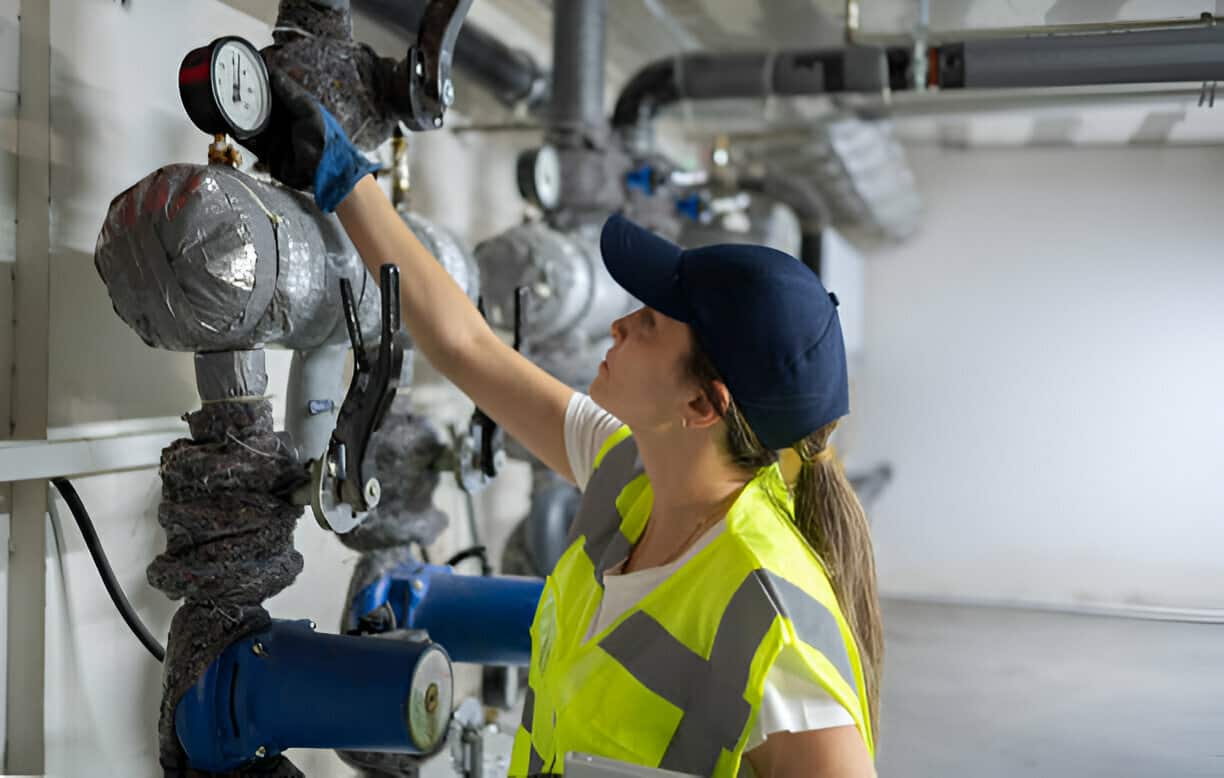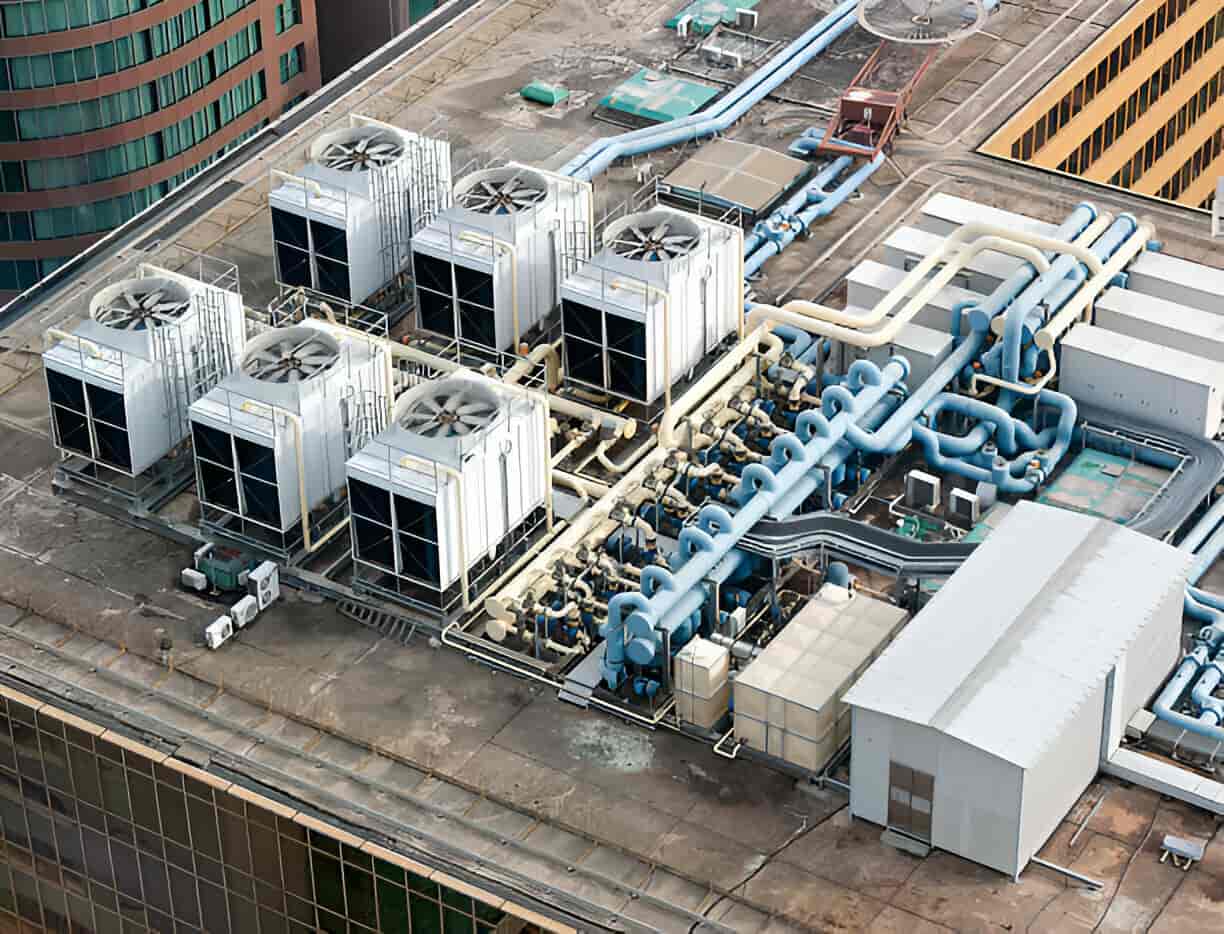
HVAC Installation in Stevenson Ranch, CA
Installing a new HVAC system is one of the most important investments for comfort, indoor air quality, and energy costs in Stevenson Ranch homes. With hot, dry summers, occasional Santa Ana winds, and seasonal wildfire smoke that can reduce air quality, a correctly sized, code-compliant, and well-commissioned system is essential for year-round comfort and health. This page explains the full HVAC installation process, common problems we see in the area, what a professional installation includes, and practical guidance on warranties, testing, permits, and available rebates.

Why a proper HVAC installation matters in Stevenson Ranch
- Local climate drives high cooling loads in summer and the need for reliable filtration during smoke events.
- Poor installations lead to uneven temperatures, high energy bills, shortened equipment life, and avoidance of local building code requirements.
- A professional installation addresses load, ductwork, ventilation, and filtration so the home runs efficiently and meets California energy standards.
Common HVAC installation issues in Stevenson Ranch homes
- Incorrect equipment sizing: Oversized systems short-cycle and waste energy; undersized units run constantly and fail to reach set temperatures.
- Poor ductwork design or sealing: Leaky or undersized ducts reduce airflow, increase energy use, and create inconsistent rooms.
- Insufficient filtration for wildfire smoke: Standard filters may not capture fine particulate matter that affects health during smoke events.
- Improper refrigerant charge or airflow: These cause inefficiency, reduced capacity, and premature compressor failure.
- Lack of permits or noncompliance with California Title 24: Can lead to failed inspections, fines, and insurance problems.
The HVAC installation process: step by step
Below is the sequence most professional installers follow to ensure a code-compliant, efficient installation tailored to Stevenson Ranch conditions.
Site assessment and load calculations
- Technicians inspect your home layout, insulation, windows, attic conditions, orientation, and existing ductwork.
- A formal load calculation (commonly called Manual J) determines the exact heating and cooling capacity needed for each room, accounting for Southern California solar gains and local temperature extremes.
Equipment selection and energy-efficiency considerations
- Equipment is chosen based on the load calculation and your priorities: cooling performance, heating needs, noise, and efficiency ratings such as SEER and HSPF.
- In Stevenson Ranch, higher-efficiency cooling is valuable due to long cooling seasons. Consider ENERGY STAR rated systems and options with advanced filtration for smoke and allergens.
Equipment sizing and application (Manual S)
- Manual S guidance and manufacturer performance data ensure the selected model will meet calculated loads without oversizing, which is especially important for efficient cooling in hot months.
Ductwork design and improvements (Manual D)
- Proper duct design balances air distribution and minimizes pressure loss. Many local homes benefit from duct sealing, insulation, or partial redesign to correct airflow imbalances.
- If adding a new system requires new duct runs, installers plan layout to minimize noise and thermal losses.
Permits and code compliance
- Installation plans are prepared to meet California building and energy codes, including Title 24 efficiency requirements. Required permits are obtained from the local building department, and inspections are scheduled as part of the process.
- Permits protect homeowners by ensuring work meets safety and energy standards.
Installation timeline and typical milestones
- Pre-installation assessment and planning: 1 to 2 days for on-site evaluation and load calculations.
- Permit processing: timing depends on local jurisdiction, typically a few days to a few weeks.
- Physical installation: a standard residential split system typically requires 1 to 3 days, depending on ductwork modifications and system complexity.
- Final commissioning and inspection: usually completed within a few days after installation to verify performance and pass local inspections.
Testing, commissioning, and handover
- Commissioning includes refrigerant charge verification, airflow measurements, thermostat calibration, electrical checks, combustion safety (for gas equipment), and verification of proper thermostat and zoning operation.
- A thorough system performance report documents measured temperatures, refrigerant pressures, airflow, and electrical draw, confirming the system meets manufacturer specifications.
Warranties, documentation, and post-installation considerations
- Most systems include manufacturer warranties for the compressor and parts; installers often provide workmanship warranties for labor and installation practices.
- Retain all documentation: load calculation, permit records, equipment manuals, warranty registration, and commissioning reports. These records are important for future service, resale, and warranty claims.
- Annual maintenance keeps warranties valid and preserves efficiency: filter changes, coil cleaning, and system checks are recommended before cooling and heating seasons.
Filtration, indoor air quality, and wildfire smoke strategies
- Consider whole-home filtration upgrades such as higher-efficiency MERV-rated filters or media filters; for severe smoke events, portable HEPA units in occupied rooms add an extra layer of protection.
- Balance filtration efficiency with system airflow: very high MERV filters can reduce airflow if the system isn’t configured for them; professional assessment prevents performance loss.
- Heat recovery ventilation or energy recovery ventilation can improve fresh air exchange while minimizing energy loss, useful for tight, well-sealed Stevenson Ranch homes.
Financing and rebates relevant to Stevenson Ranch homeowners
- Energy-efficient equipment often qualifies for federal tax credits and local utility rebates. Southern California residents should evaluate utility incentive programs and state efficiency incentives for installation that exceeds baseline efficiency standards.
- Financing options vary by installer and lender and include energy financing programs that spread costs over time. Proper documentation of rebates and tax incentives is handled during the purchase process so homeowners can maximize available savings.
Benefits of doing the job right the first time
- Lower energy bills through correct sizing and efficient operation.
- Improved comfort with balanced temperatures and consistent airflow.
- Better indoor air quality during wildfire smoke and allergy seasons.
- Reduced system wear and longer equipment life when installed and commissioned properly.
- Compliance with local codes and reduced risk of inspection issues.
Maintenance and seasonal tips for Stevenson Ranch homes
- Change or clean filters regularly, more often during high-use periods and smoke events.
- Schedule professional tune-ups before summer and winter to verify system readiness.
- Inspect ductwork and attic insulation periodically; addressing leaks and insulation gaps improves overall system performance.
- Track energy use and performance after installation; unexpected spikes can indicate issues that need immediate attention.
A carefully planned and executed HVAC installation protects your investment, keeps your Stevenson Ranch home comfortable through heat and smoke events, and helps control long-term energy costs. The combination of accurate load calculations, correct equipment selection, proper ductwork, code compliance, and thorough commissioning is the difference between an average system and one that delivers reliable, efficient comfort for years.





